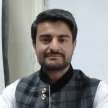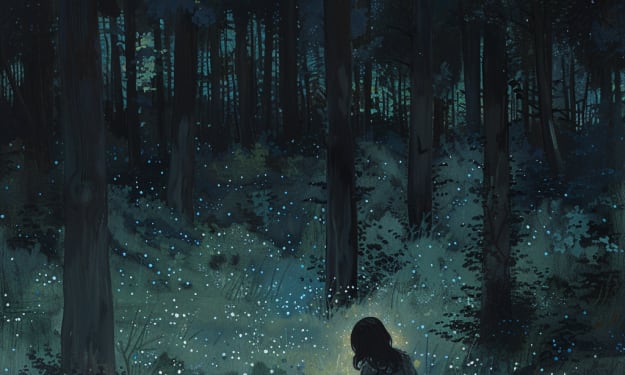
Psychoanalysis by Sigmund Freud (1856-1939)
Introduction
Psychoanalytic Criticism
Human Psychology
Keywords: Psychoanalysis by Sigmund Freud, unconscious mind, thoughts, motive, Psychology, Id, Super Ego, stimuli, pleasure, norms, archetype.
Introduction
It is an approach to treating emotional issues that are founded on Freud's notion of the unconscious mind (based on case studies of his patients).
According to Sigmund Freud, unconscious forces determine people's thoughts, feelings, and actions rather than conscious choices. (Unconscious mind: all mental activity that goes on but that we are not aware of.)
He held that internal moods and natural motivations—particularly those that stimulate sexual and violent behaviour—are the sources of psychological issues.
He thought that even while we are unaware of these motivations and the tensions that surround them, they nonetheless have an impact on us. (Motives: an internal state or set of circumstances that elicit conduct and provide it with direction.)
Psychoanalytic Criticism
The psychoanalytic approach focuses on the human psyche and is used to investigate the hidden motivation or significance of a work of art.
To help his patients, Freud developed a novel psychological technique (the theory of the unconscious mind), but his theories and concepts are also applied to literary criticism to critique any piece of art.
He claims that language can be used to express a person's underlying wants or emotions. Therefore, all of the desires that are difficult or indirect to convey are presented through the language of writing, art, painting, literature, etc. Briefly said, psychoanalysis uncovers the hidden or repressed desires in literature or any other kind of art and explains the unconscious mind's language.
Human Psychology
Freud categorized human psychology into three categories. i.e.
Id, or the devil within humans, desires various forms of comfort and pleasure. It is an unconscious component that is present in all humans from birth. It is founded on the pleasure concept, to put it briefly. The majority of cases are in children. It becomes a source of tension and anxiety if it is not promptly or fully satisfied. As time goes on, it easily diminishes and morality increases.
The superego, or "angel part" of a person, governs the id in human psychology. The Superego, which inspires people to obey social norms and moral precepts, helps people carry out all good deeds, and the Ego, which is based on the realities and characteristics of the conscious mind. Here, reality is addressed by human individuality. Here, "Id" is satiated by abiding by social norms. The Superego and Id are also balanced by it.
The results of psychoanalysis have permeated literary and cultural thought, producing themes and issues that go beyond the purview of critics who identify as psychoanalytic. According to psychoanalysis, the human psyche is divided into unconscious and conscious sectors, with the unconscious sphere containing the majority of its contents and the conscious sphere containing a comparatively minor portion. Free association, fantasies, verbal stutters (also known as Freudian slips), and dreams, in particular, are the keys to the unconscious since they all disclose profoundly hidden, repressed, and self-censored desires.
Psychoanalysts as well as literary and cultural critics have benefited from the methods used to decipher such unconscious elements, particularly dreams. The censoring of unconscious desires—referred to as the "dream work" in Freudian terms—goes through four different types of intentional, constructive distortion on its way to consciousness, including condensation, displacement, symbolization, and secondary revision or elaboration. These unconscious desires are frequently sexual in nature.
Carl Jung has created "inventories" of archetypes, universal symbols that include the hero and the monster,






Comments
There are no comments for this story
Be the first to respond and start the conversation.